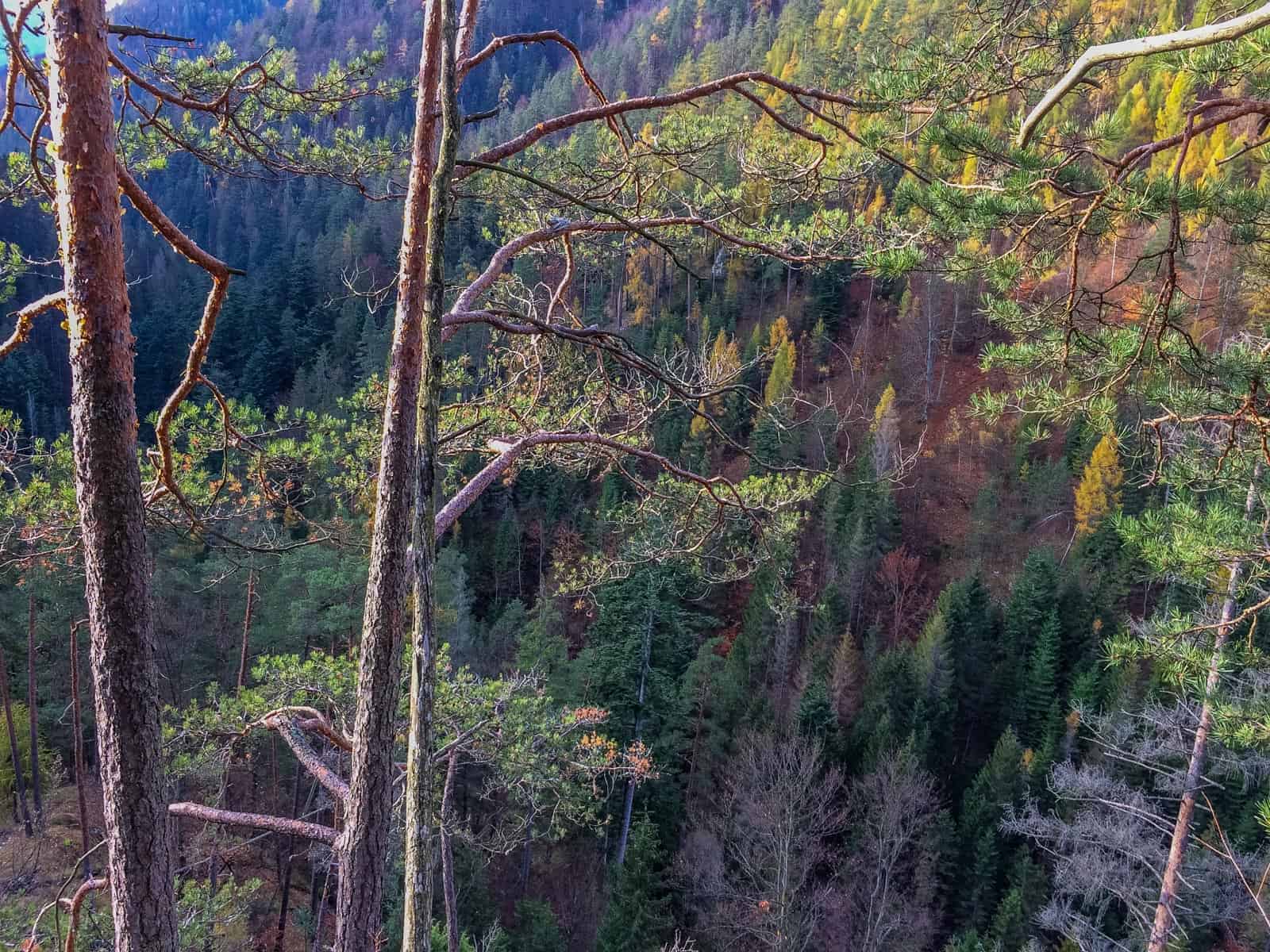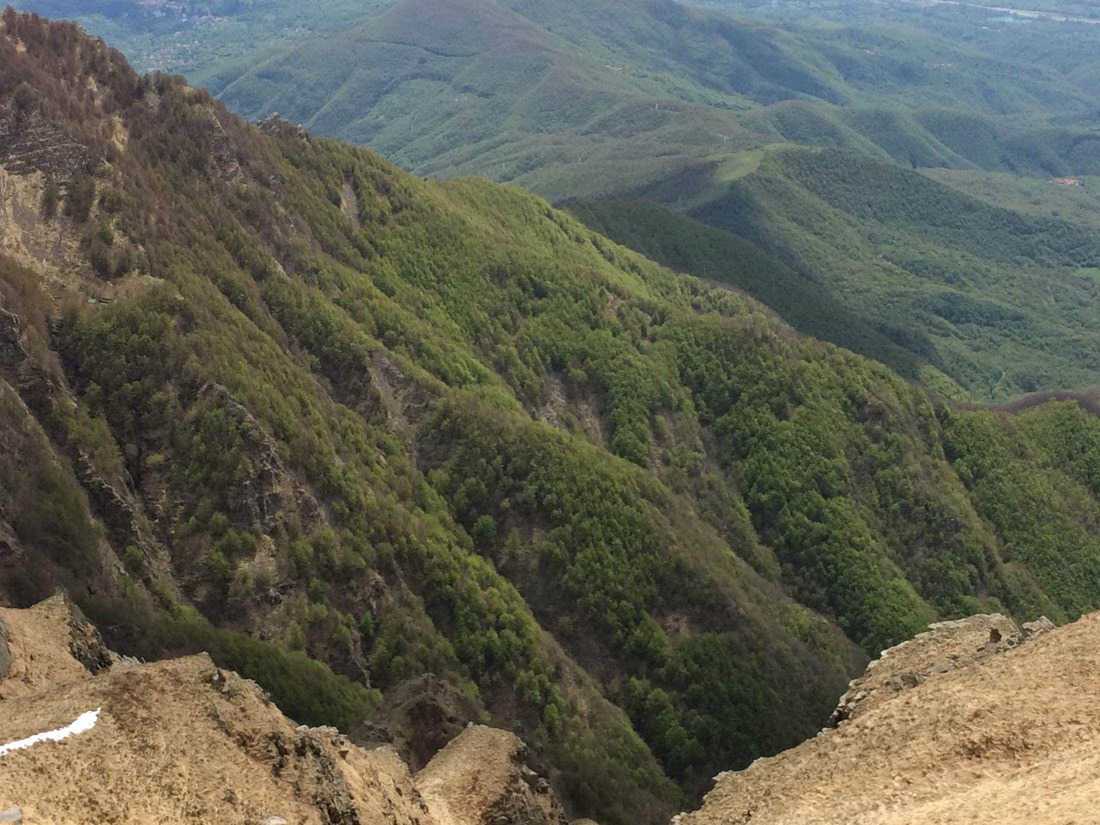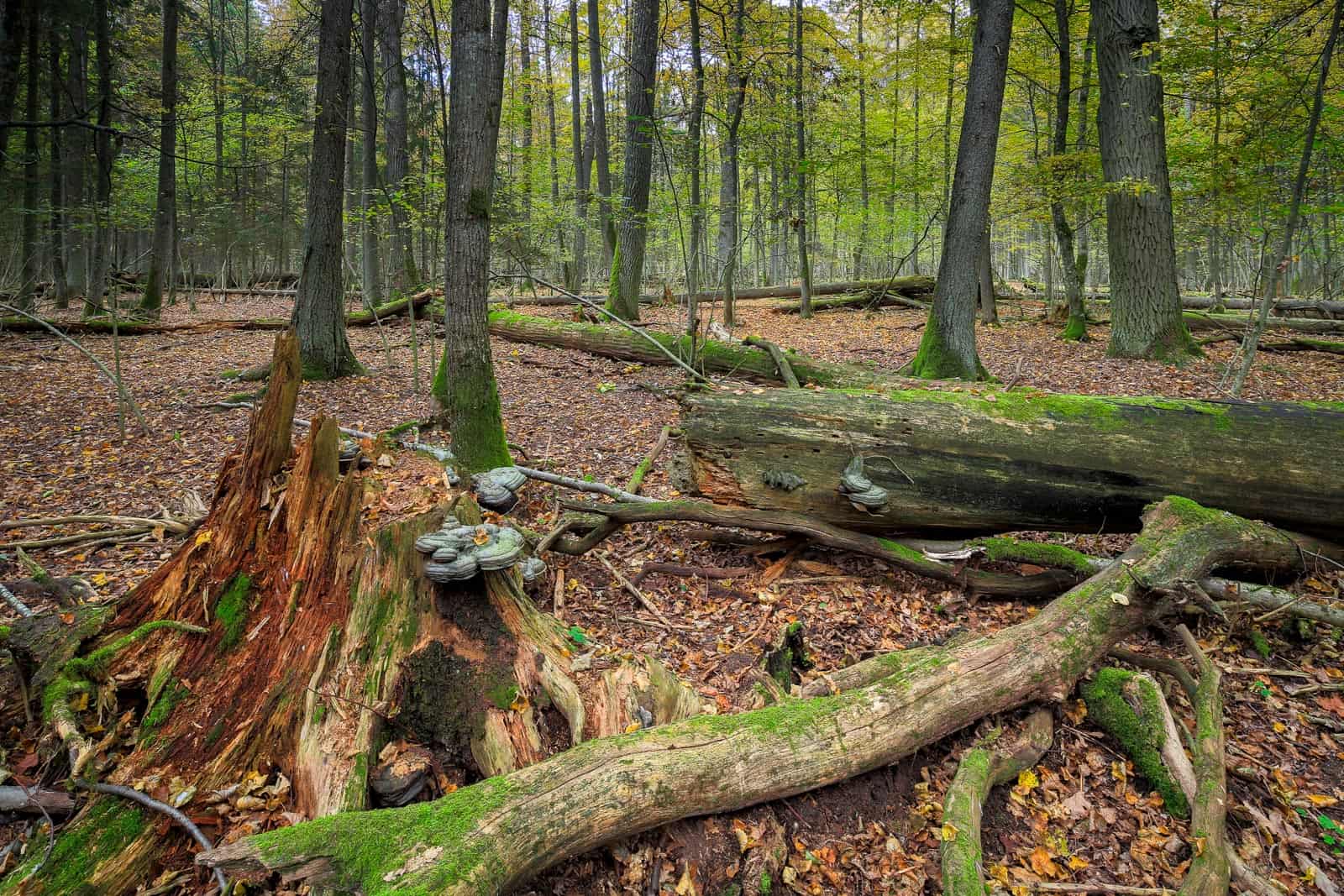Return of the forest at Stilfser mountain pasture
Glaciers and forests in Alps have a long history. Our expert Vlado Vancura visited one of such interesting places, called Stilfser mountain pasture or Stilfser Alm and prepared interesting story as a part of our BioDiv project. We are glad to share this story with you.
Prehistory in Stilfser Alm, Alps
Many people consider glaciers as a symbol of the Alps. Signs of their presence can be found throughout the mountain range, even in areas where glaciers are no longer found. Such a place is Stilfser Alm in the Eastern Alps, Trentino-South Tyrol.
This pass is part of a project to implement livestock protection measures for coexistence of humans, grazing and wild animals. To better understand the landscapes in this pass and so appropriately manage this project, it is useful to understand the complexity of the area’s natural history. This approach also helps minimise the impact of shifting baseline syndrome, which we all are exposed to when working with activities rooted in the deep past. Let’s have a look at the very rich history of this place.
Ice Age in Stilfser Alm – Glaciation and rich interglacial periods
The Pleistocene, often referred to as the Ice Age, is the geological epoch 2,580,000 to 11,700 years ago. The Pleistocene Epoch is known as a time period during which extensive glaciers formed repeatedly on the Alps’ landmasses, including the Stilfser Alm.
During the period of glaciation, extensive glaciers in the Stilfser Alm were alternated by short, warm interglacial periods. These warm periods lasted thousands of years and were long enough that the vegetation and forest in the Pass always recovered completely.
In these interglacial periods, dense impenetrable and very diverse broadleaf forest covered the pass at lower elevations. Higher up, conifer forest climbed rather high to the peaks around Stilfser Alm. Tree cover even occupied those areas which are currently covered by bare rocks and are now designated as high mountain wasteland.
Wildlife was also an inseparable part of these interglacial ecosystems. Primeval herbivores could have grazed part of the dense forest or trampled their way through it. They very likely impacted only tiny fractions of the total heavy forested areas.
Warmer periods return around 20 times
What’s remarkable is that this green scenery has been replaced by tundra and glacial periods over twenty times. If we could have seen the landscape during the Ice Age from the air, we would feel like we are looking at today’s glaciated Greenland. In the interglacial period, lush green mixed and coniferous forest covered the landscape. This is what we may have seen a few centuries ago in areas of Central and Eastern Europe, which were then covered by old mixed and deciduous forests.
Many scientists see the frequent alternation of warm and cold periods as a “sequence of experiments”. Trees and other plants were seeded on the warm but barren soil exposed by retreating glaciers. They grew rapidly until they formed a continuous dense forest.
After that, the “experimental area” was again deeply frozen during the next glacial period, until it was time to repeat the “experiment”. It was a series of experiments, and in many repetitions the results probably varied only minimally.
A scientist would probably note the variations in tree species composition during these interglacial periods. Sometimes beech with birch and alder would prevail, and in colder periods, conifers like spruce, pines and rhododendron would triumph.
Stilfser Alm is only one of many in the Alps. Despite the general belief that life on Earth was very limited during the Ice Age, the truth is different. Interglacial periods were full of life and this experience was also critically important for the postglacial development of vegetation and animals in this pass.









